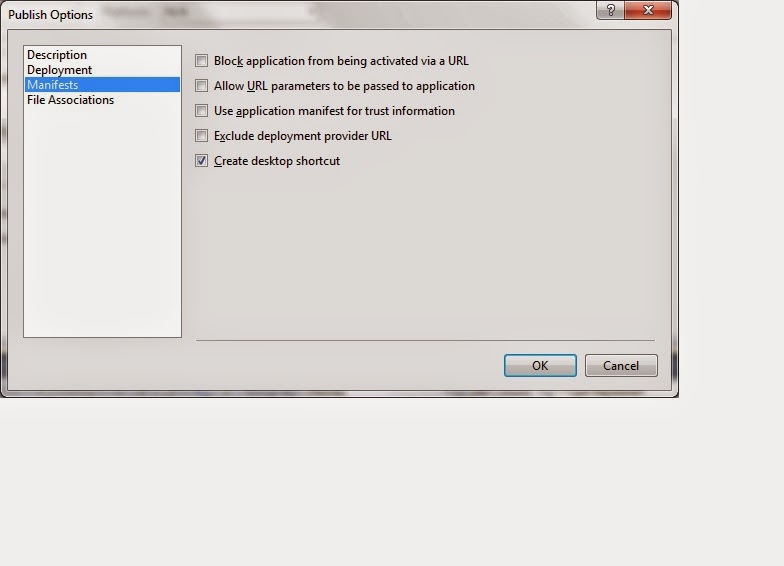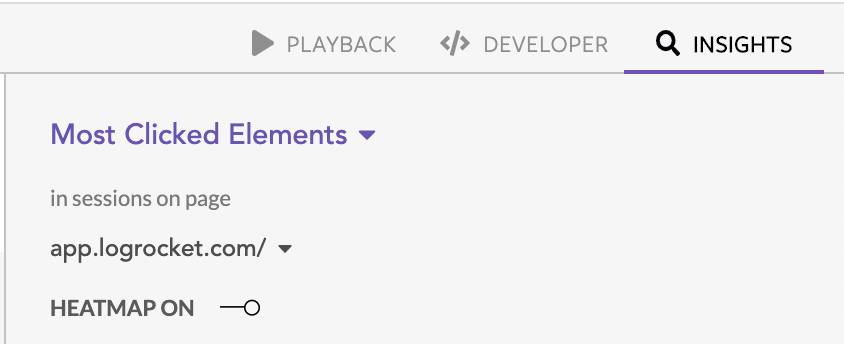
There are many different orbital maneuvers one can try. You can plan multiple maneuvers that chain off each other. The maneuver will show up next to the navball along with remaining time until the burn, and total remaining delta v. You could create a simple AutoIt Script that does the job for you, compile it as an executable and perform a system call there. If the maneuver is in the wrong place you can delete it by, right clicking in the center and then clicking on the little red "x" that pops up, or you can click and hold the center and move the maneuver's position on the flight path. Now you can drag six icons to see what will happen if you were to burn in that direction.

Left click to bring up a menu and click on "Add Maneuver". If you mouse over your current orbital trajectory a small transparent blue icon will appear. The maneuver system is extremely valuable for intersecting celestial bodies and for docking events. This allows you to plan orbits and burns in advance, and make sure you end up exactly where you want to be. While the map view is useful for viewing your current orbital projection, its real power is in the "maneuver" system. If you wish to control your ship while in the map view, click the little grey arrow at the bottom and the navball will pop up.
PROGRAMMING A CLICK MAP HOW TO
ZIPLinks use half the space, at a fraction of the total cost of terminal blocks. CLICK PLC - How To Videos - (10 Part Series) 10 part video series: How to Install the Programming Software, Launch the Programming Software, Creating a Project, Save and Compile Project, Apply Power, Establish PC to PLC Communications, Write Project to PLC, Place PLC in Run Mode, Test Project using Data View, Y001 Output On. Location of other vessels (and asteroids). Simply plug one end of a ZIPLink pre-wired terminal block cable into your I/O module and the other end into a ZIPLink connector module.Altitude, position and time of apoapsis and periapsis of your vessel's trajectory.

Current altitude, position and speed of your vessel.It provides mission-critical information about: It shows projections of the trajectories of vessels and celestial bodies. The map view is the secondary screen view mode used whilst on a mission.


 0 kommentar(er)
0 kommentar(er)
